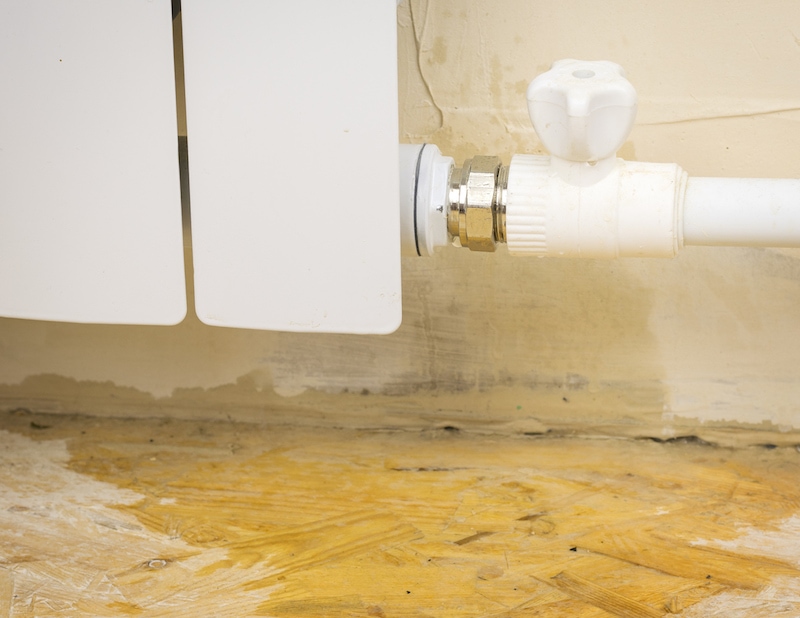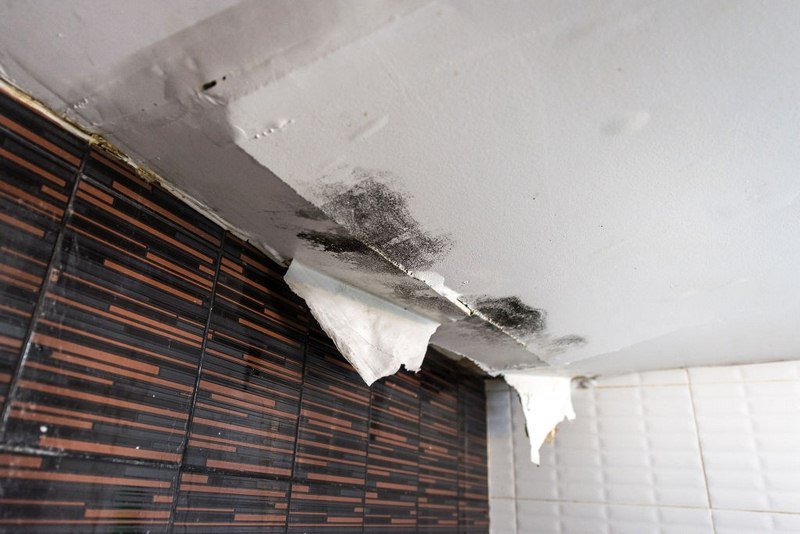Identifying the Top Factors for Leakage in The Home
Identifying the Top Factors for Leakage in The Home
Blog Article
Do you find yourself searching for information and facts around How to Find Water Leaks?

Leaks not only cause waste of water however can likewise trigger unnecessary damage to your house and advertise unwanted organic growth. Water leakages could go unnoticed given that most of the pipework in our residence is hidden. By understanding as well as looking for everyday circumstances that trigger leakages, you can secure your residence from future leaks and unneeded damage. Today, we will take a look at 6 leak triggers that might be creating your pipelines to leak.
Encroaching roots
The majority of water leaks start outside your home as opposed to inside it. If you see a sudden decline in water pressure, claim in your tap, take time to head out as well as analyze your lawn. You might see wet spots or sinkholes in your backyard, which could indicate that tree roots are getting into water lines creating water to seep out. You can have your plumber check for intrusion, specifically if you have trees or hedges near your building.
Corroded water supply
This may be the cause of discoloration or bending on your water pipes. If our plumbing system is old, consider changing the pipelines given that they are at a higher threat of rust than the more recent designs.
Defective Pipe Joints
The point at which your pipes link is frequently the weakest link in the waterline. Pipe joints can weaken in time, leading to water leakages. The majority of pipeline joints are not quickly noticeable. If you have loud pipes that make ticking or banging noises, especially when the hot water is turned on, your pipe joints are probably under a great deal of pressure. It is suggested to have your plumber evaluate your system annually.
Immediate temperature level changes.
Extreme temperature level modifications in our pipes can cause them to expand and get unexpectedly. This expansion and tightening may trigger fractures in the pipelines, particularly if the temperature level are below freezing. It would certainly be best if you watched on how your plumbing functions. The visibility of the previously discussed circumstances frequently shows a high risk.
Poor Water Connectors
At times, a leakage can be triggered by loose pipes and pipelines that supply your appliances. Most of the time, moving is what causes the loosened water Connections. You might find in the case of a cleaning device, a pipe might spring a leakage due to drinking during the spin cycle. In case of a water connections leakage, you may observe water running directly from the supply line or puddles around your appliances.
Blocked Drains
Clogged drains pipes might be bothersome as well as inconveniencing, but they can occasionally end up causing an overflow resulting in burst pipelines. Maintain removing any kind of products that may decrease your drains pipes that could obstruct them to avoid such hassles.
All the above are sources of leaks however not all water leakages result from plumbing leaks; some leaks might come from roofing leakages. All leakages ought to be fixed immediately to avoid water damage.
Leaks not just trigger waste of water however can additionally create unneeded damage to your house and also promote unwanted organic growth. By looking and also comprehending for daily situations that cause leakages, you can secure your residence from future leakages and unneeded damages. Today, we will look at six leakage triggers that might be causing your pipes to drip.
At times, a leakage can be triggered by loosened tubes and pipelines that provide your devices. In situation of a water links leak, you may notice water running straight from the supply line or puddles around your devices.
How To Check For Water Leak In Your Home
How To Check for Leaks
The average household's leaks can account for nearly 10,000 gallons of water wasted every year and ten percent of homes have leaks that waste 90 gallons or more per day. Common types of leaks found in the home are worn toilet flappers, dripping faucets, and other leaking valves. These types of leaks are often easy to fix, requiring only a few tools and hardware that can pay for themselves in water savings. Fixing easily corrected household water leaks can save homeowners about 10 percent on their water bills.
To check for leaks in your home, you first need to determine whether you're wasting water and then identify the source of the leak. Here are some tips for finding leaks:
Take a look at your water usage during a colder month, such as January or February. If a family of four exceeds 12,000 gallons per month, there are serious leaks.
Check your water meter before and after a two-hour period when no water is being used. If the meter changes at all, you probably have a leak.
Identify toilet leaks by placing a drop of food coloring in the toilet tank. If any color shows up in the bowl after 10 minutes, you have a leak. (Be sure to flush immediately after the experiment to avoid staining the tank.)
Examine faucet gaskets and pipe fittings for any water on the outside of the pipe to check for surface leaks.
Undetected water leaks can happen without the home or business owner even realizing. If you suspect a water leak, but not able to find the source. It is time to contact a professional water leak detection service, The Leak Doctor.
How To Find a Water Leak In Your Home
https://www.leakdoctor.com/blog/How-To-Check-For-Water-Leak-In-Your-Home_AE197.html

Do you like reading about How to detect water leaks in your home? Create a short review directly below. We will be interested to see your insights about this blog posting. Hoping to see you back again soon. Those who enjoyed reading our blog post if you please do not forget to share it. Thank you so much for taking the time to read it.
Tap problems? Expert assistance available. Report this page